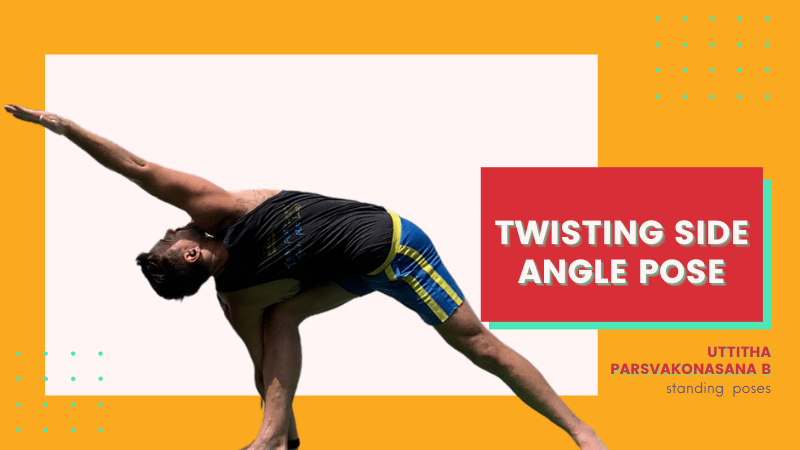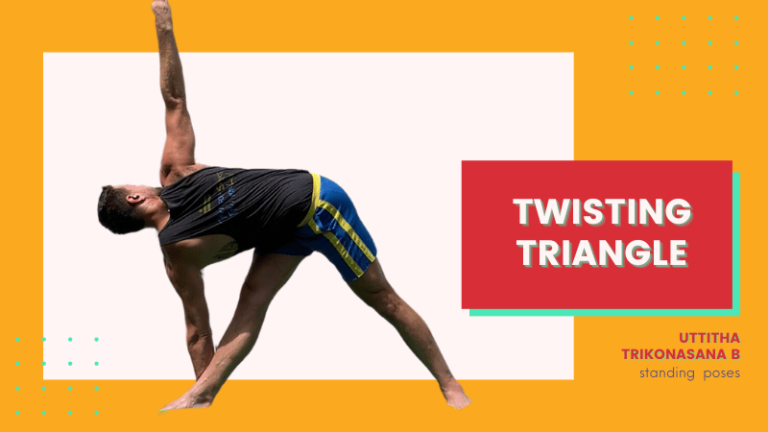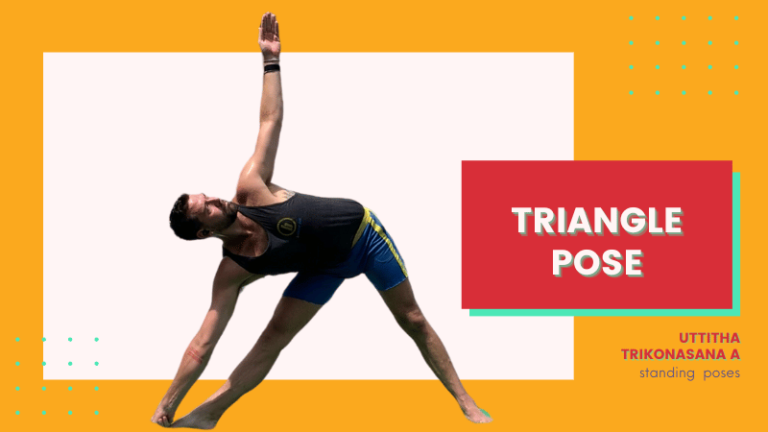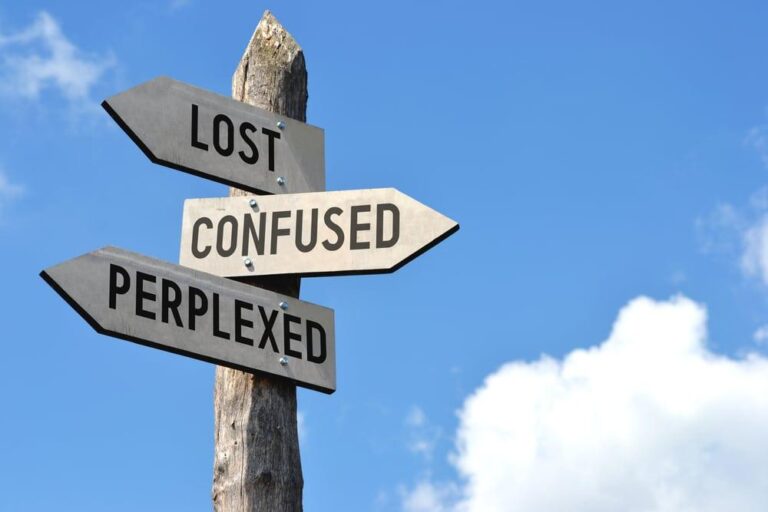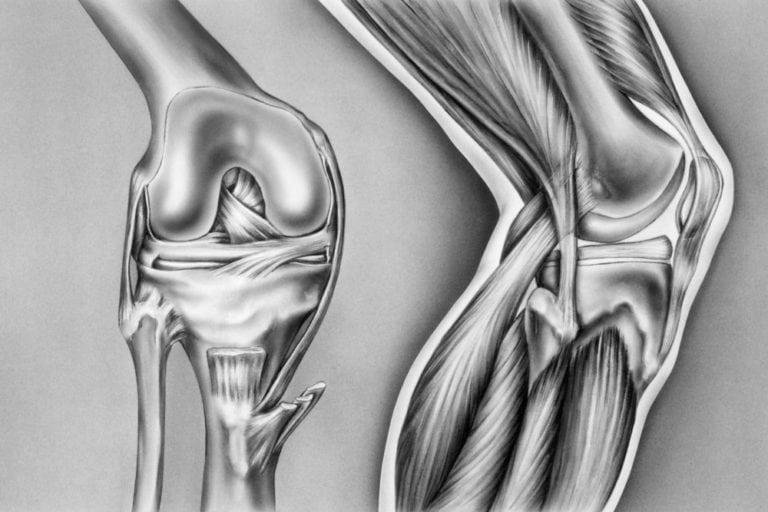Parivrtta Parsvakonasana Cues
Parivrtta Parsvakonasana, or Revolving Lateral Angle Pose, is a dynamic blend of twisting and standing elements that challenges and benefits the body in multiple ways. It intricately combines the forward lunging motion with a deep torso rotation, creating a “dual story” in one pose. This complex movement not only stretches and strengthens but also enhances spinal flexibility and digestion. Here’s how to understand and execute this powerful asana.
Understanding the Pose
At its core, Parivrtta Parsvakonasana is about opposing movements: the shoulders turn in one direction, while the pelvis rotates in the opposite, effectively wringing the spine. This action is supported by the limbs: the upper arm presses against the thigh to help leverage the torso’s rotation towards the front leg, while the back leg’s external rotation and extension provide a counterbalance and stability.
The pose is a holistic engagement of the skeletal system, divided into the axial skeleton (vertebral column and thorax) and the appendicular skeleton (limbs and girdles). Just as the earth rotates around its axis, this pose encourages the body to revolve around the vertebral column, linking upper and lower body movements through the rotational force generated by the abdominal obliques.
Internal Cues
- Back Foot Rotation: Focus on actively rotating your back foot inward to a full 90 degrees, feeling the pivot through the ankle and the adjustment in your lower leg.
- Front Foot and Hip Alignment: Align your front foot outward to 90 degrees, ensuring it matches the flexion in your front hip. Feel the hip engaging as it flexes to create a right angle with your torso.
- Front Knee Flexion: Concentrate on bending your front knee to create a 90-degree angle, aligning it directly over your front foot for stability and balance.
- Back Hip Movement: Be aware of extending and externally rotating your back hip, feeling the stretch and opening across your hip joint.
- Trunk Movement: Notice the lateral flexion and rotation in your trunk, feeling the side of your body elongating and twisting, which engages your core and oblique muscles.
- Wrist and Elbow Position: Feel your wrists extending as your elbows flex, creating a strong line from your shoulders through your arms to your hands.
- Shoulder Abduction: Lift your shoulders away from your torso, abducting them to enhance the opening of your chest and shoulders.
- Cervical Spine and Head Rotation: Turn your head upwards by rotating the cervical spine, aligning your gaze with the direction of your upper body’s twist.
External Cues
- Imagine Turning Over a Wheel: Visualize your back foot turning over a large wheel, which helps in conceptualizing the degree of rotation required.
- Draw a Square with Your Legs: Picture drawing a square with the position of your legs — front foot pointing forward, knee bent at a right angle, and back leg strong and straight.
- Visualize Sitting Into a Chair: Think of your front hip and knee flexing as if you are sitting down into a chair, which can help in achieving the correct depth and angle.
- Extend Back Like a Tail: Imagine your back hip extending backward like a tail, which encourages proper alignment and balance in the pose.
- Stretch Between Two Walls: Feel as if you are being gently stretched between two walls with the movement of your trunk — one pulling you sideways and the other twisting you.
- Align Wrist with Shoulder: Picture a straight line running from each shoulder through your elbows to your wrists, emphasizing proper arm alignment.
- Wings of a Bird: Think of your shoulders as the wings of a bird, spreading wide to help you balance and open your chest.
- Gaze at the Moon: Visualize looking up at the moon, which can help guide the rotation of your head and maintain neck alignment.
These cues, tailored for the internal sensations of the body and the spatial relations with the environment, can significantly aid practitioners in mastering the complexities of the pose while maintaining focus and alignment.

